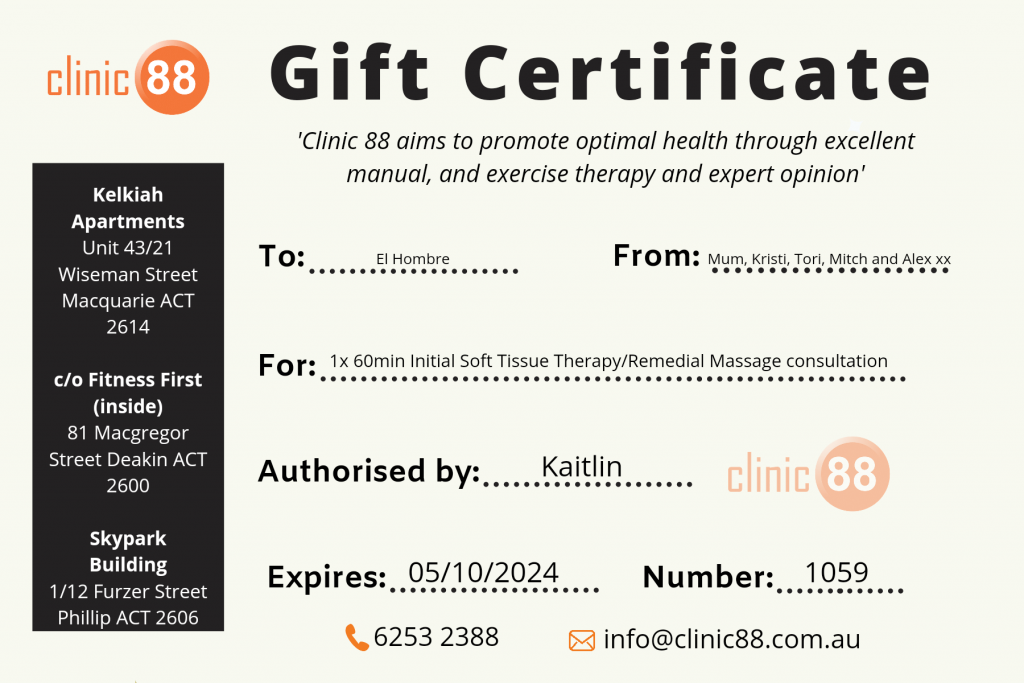Physiotherapists help you get the most out of life. They help you recover from injury and surgery, reduce pain and stiffness, increase mobility and prevent further injury. They listen to your needs to tailor a treatment specific to your condition. As first contact practitioners, you don’t need a doctor’s referral to see a physiotherapist. Physiotherapists, doctors, and other health professionals will often work as part of a team to plan and manage treatment for a specific condition.
Physiotherapists are trained to assess your condition, diagnose the problem, and help you understand what’s wrong. Your treatment plan will take into account your lifestyle, activities and general health.
The following are common treatment methods use by physiotherapists:
- exercise programs to improve mobility and strengthen muscles
- joint manipulation and mobilisation to reduce pain and stiffness
- muscle re-education to improve control
- airway clearance techniques and breathing exercises
- soft tissue mobilisation (massage)
- acupuncture and dry needling
- hydrotherapy
- assistance with use of aids, splints, crutches, walking sticks and wheelchairs to help you move around.
Read More
Let’s get something straight, the ITB is supposed to be ‘tight’. Its role (amongst other things) is to stabilise your lateral thigh. It does this by acting like a ligament running from your pelvic bone (pelvic rim on the outside) to the outside of the top of your Tibia (lower leg bone, just below the knee). It also has two muscles that attach to it, your TFL and your Gluteus Maximus (See photo – not 100% accurate but you get the idea). These two muscles contract and pull on the ITB to create a stiff lateral thigh that helps stabilise you when you walk, run, ride, etc. If it’s surgically removed, you will struggle to walk and fall over.
Why does the ITB get ‘tighter than usual’? When you have a biomechanical issue or your hip is not as stable as it should be, your body compensates by asking these two muscles (amongst others) to contract more aggressively and more often, pulling on the ITB to help stabilise more than it usually has to. Most of the time this goes unnoticed but every once in a while this pulling becomes excessive to the point that it compresses a lateral knee bursa (fluid filled sack that stops things rubbing on each other – like your ITB and your lateral knee) in this case) and causes lateral knee pain.
Is rolling the ITB worth while?
If you are trying to lengthen the ITB then no. Squashing a bit of connective tissue like your ITB doesn’t do much but hurt. You will definitely get an effect on the lateralis muscle (one of your quad muscles that lies directly underneath your ITB) which can also be working harder than usual to help stabilise and can cause stiffness and pain. If you want to ‘loosen’ your ITB, gaining a better and longer lasting affect, then self massage your TFL and Gluteus Maximus (with a tennis ball or similar), the two muscles that ‘pull it tight’. Then find out why your body is overusing these two muscles or it will just continue to come back (usually either a technique or biomechanical issue or an unstable hip). So don’t stop using your roller. Just understand that you may be having an effect on tissues other than the ITB. And then add in self-massage to the TFL and Glute
Read More


